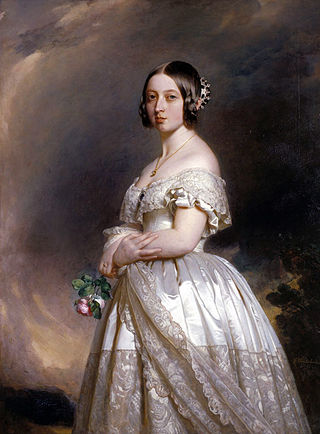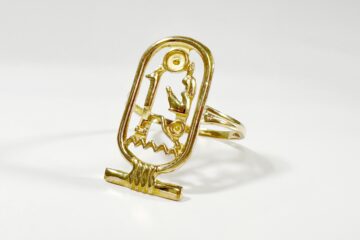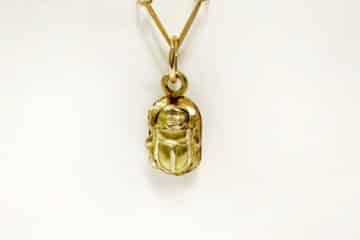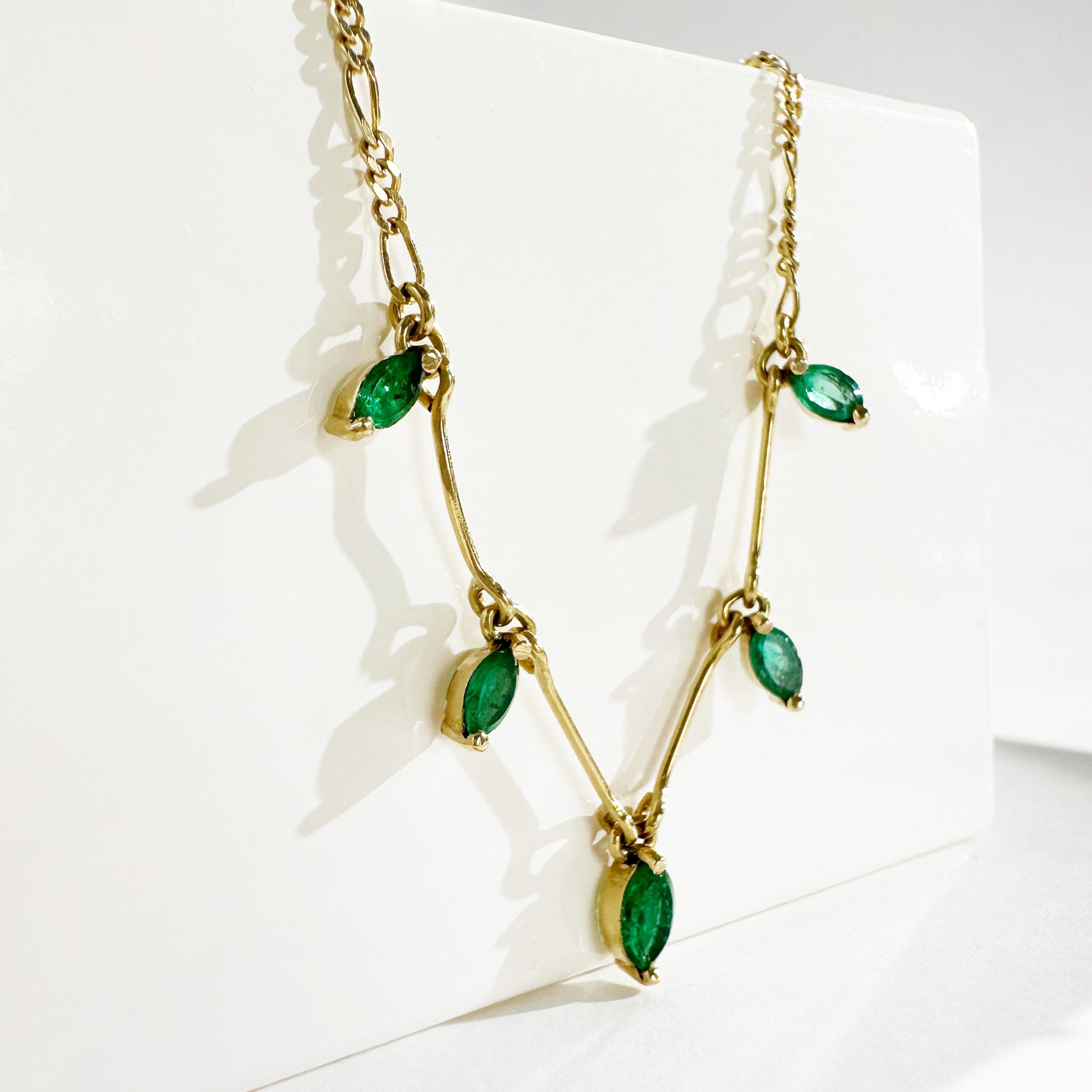If they have always fascinated and helped shape history, it is especially in the Victorian era that the jewels of the United Kingdom have known their greatest popularity. The Empress of India, Queen of Great Britain and Ireland, exerted a major influence on lifestyles, among other things by her pronounced taste in jewelry.

Queen Victoria ruled the British Empire for 64 years, from 1837 to 1901. What was the longest reign in English imperial history is commonly divided into three periods of about twenty years each.
FIRST PERIOD (1840-1860)
Called the Romantic period, it is characterized by the reproduction of jewelry reminiscent of the Gothic and Renaissance style. It should be noted that from 1850, the English bourgeoisie began to bring back jewels from India and Japan, which largely nourished the inspiration of British jewelers. 
SECOND PERIOD (1869-1880)
Called Great Period, it is famous for the ostentatious pieces set with pearls and diamonds from South Africa. 
THIRD PERIOD (1880 until 1900)
Called aesthetic period, it is characterized by smaller pieces. Mass-made silver jewelry started to appear, notably for costume jewelry that became very common afterwards.
POPULAR STONES OF THE TIME
Turquoise was the queen’s favorite stone. For her marriage in 1840 to Prince Albert, she gave each of her ladies-in-waiting a special ring. It was hand-painted with her portrait, surrounded by turquoises carved in cabochon. She also helped restoring the popularity of opals imported from Australia (British colony), notably by offering to her family jewels decorated with this stone. The latter had indeed become unpopular following the publication of a short story by Sir Walter Scott in which the main character was doomed to an unlucky fate because of this stone. 
THE MOURNING JEWELRY TREND
When Prince Albert died in 1861, Queen Victoria, a 42-year-old widow, popularized mourning jewelry, featuring prominently black and white. The black of jet, onyx and marcassite contrasted with the white of diamonds and pearls, symbolizing tears.  A trendy mourning jewel of the time in England was a brooch showcasing forget-me-not on the front. They were surrounded with roses, Queen Victoria’s favorite flower. At the back, they displayed an artistic intertweaving of hair from the lost loved one and those of the wearer. Hair jewelry was also very popular in France, which prompted women to sell part of their hair to have it braided for jewelry.
A trendy mourning jewel of the time in England was a brooch showcasing forget-me-not on the front. They were surrounded with roses, Queen Victoria’s favorite flower. At the back, they displayed an artistic intertweaving of hair from the lost loved one and those of the wearer. Hair jewelry was also very popular in France, which prompted women to sell part of their hair to have it braided for jewelry.
POPULAR DESIGNS OF THE VICTORIAN ERA
The most common patterns of Victorian jewelry included:
- Animals : snakes or swans,
- Sentimal motifs : hearts, hands, angels, four-leaf clover
- Astral imagery : stars, crescents,
- Religious or royal symbols : crown, cross, monograms, effigy of a sovereign.
As for the metals used, in the mid-1800s, “daytime” jewelry was made of silver and “evening” jewelry was made of white or yellow gold, from 9 to 22 carats.  The jewels of Great Britain gained their fame thanks to the Victorian era, representing the apogee of the political, cultural and economic power of the Empire. Quickly, the industrialization took up speed: electric lighting replaced oil lamps; the Universal Exhibition is announced in Paris for 1900… Artists all around Europe, as ture precursors and visionaries, now move towards the Art Nouveau style. This new movement will take up different names throughout the world. Shortll after, in 1901, Edward VII succeeds Victoria and a wind of change sweeps the entire Western universe.
The jewels of Great Britain gained their fame thanks to the Victorian era, representing the apogee of the political, cultural and economic power of the Empire. Quickly, the industrialization took up speed: electric lighting replaced oil lamps; the Universal Exhibition is announced in Paris for 1900… Artists all around Europe, as ture precursors and visionaries, now move towards the Art Nouveau style. This new movement will take up different names throughout the world. Shortll after, in 1901, Edward VII succeeds Victoria and a wind of change sweeps the entire Western universe.
 en
en
 Français
Français



